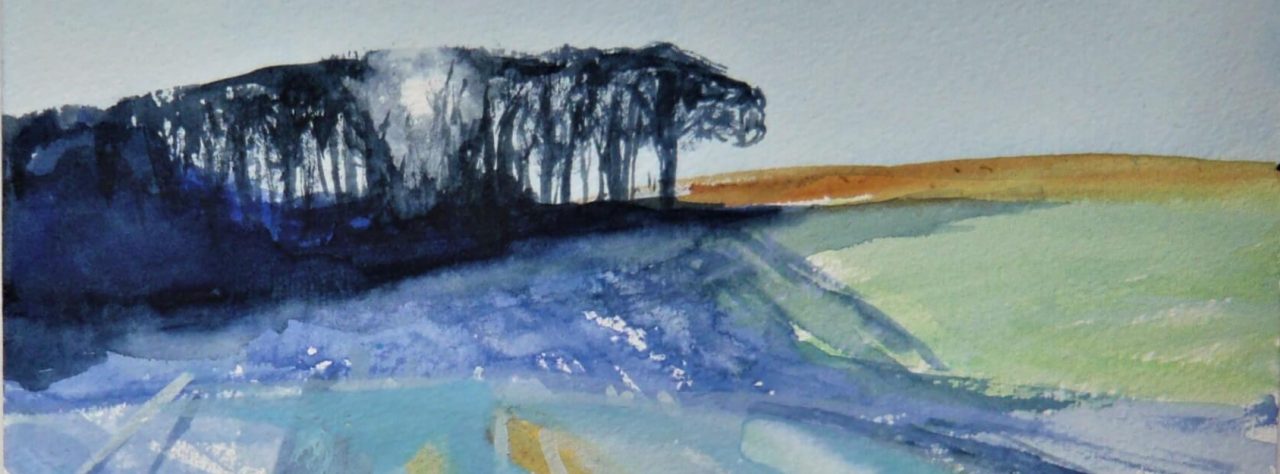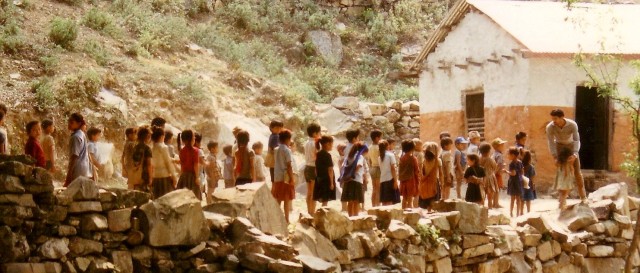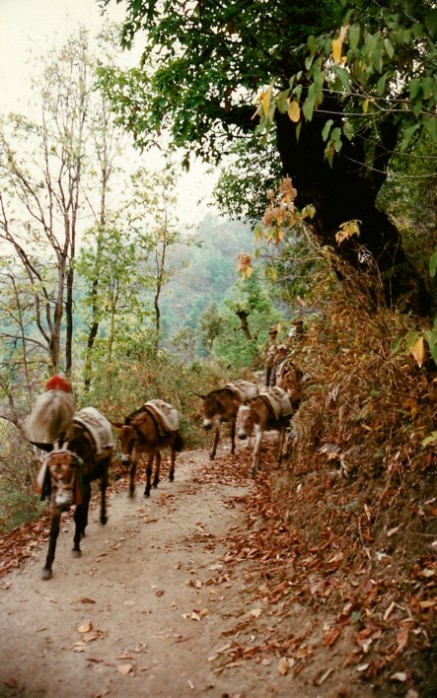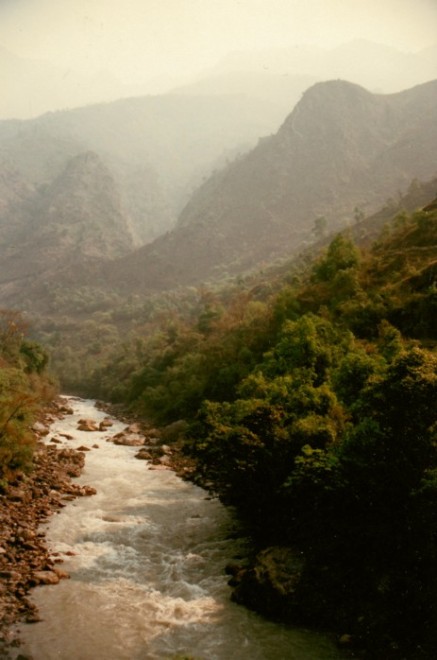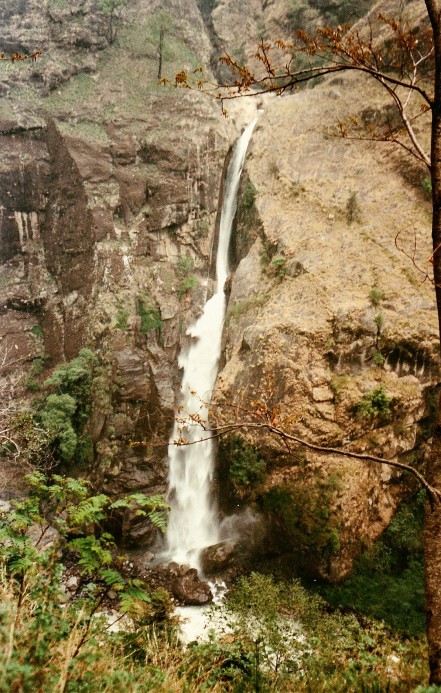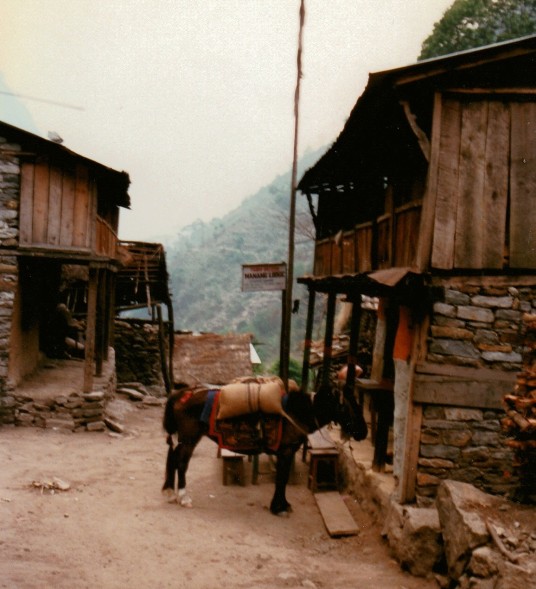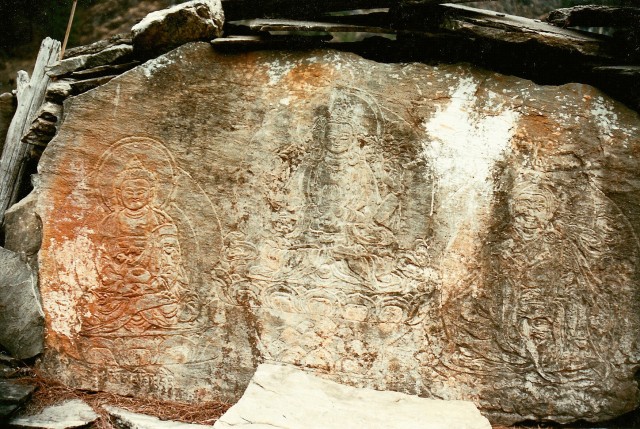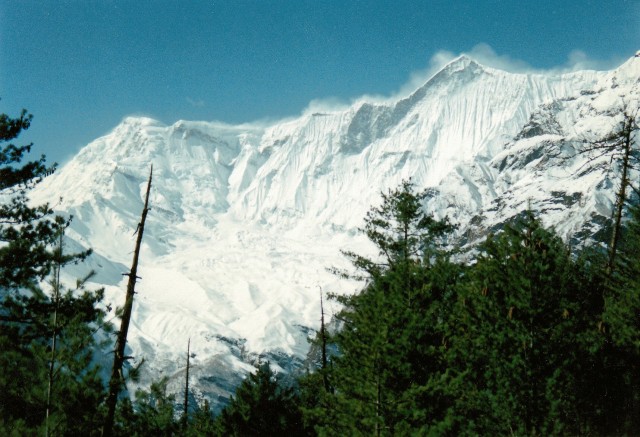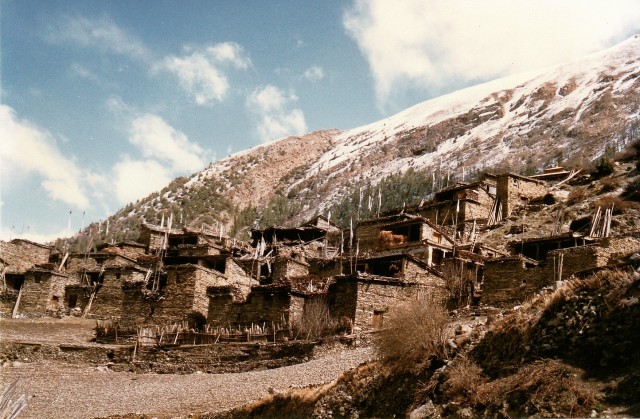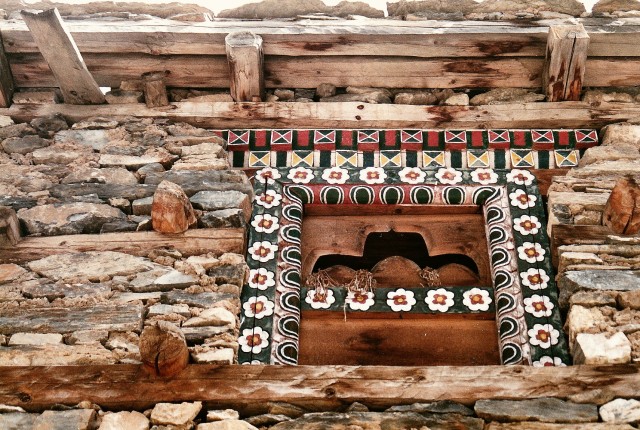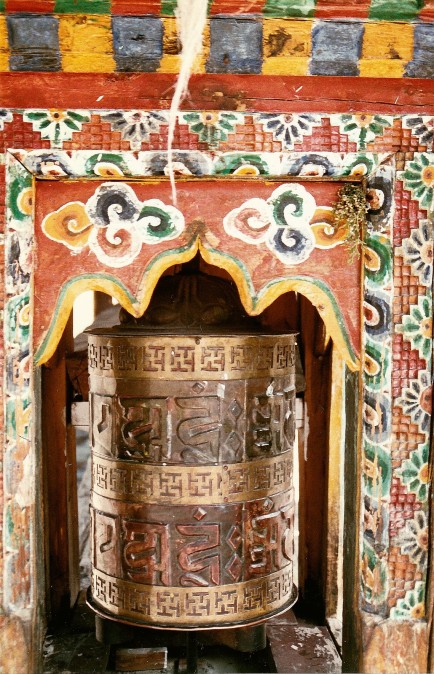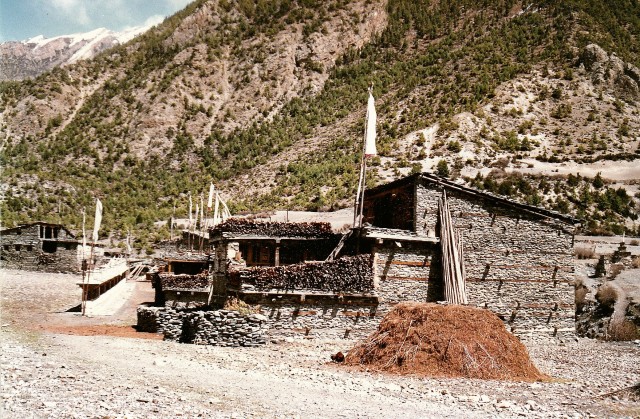It could have happened.
Everybody needs a challenge.
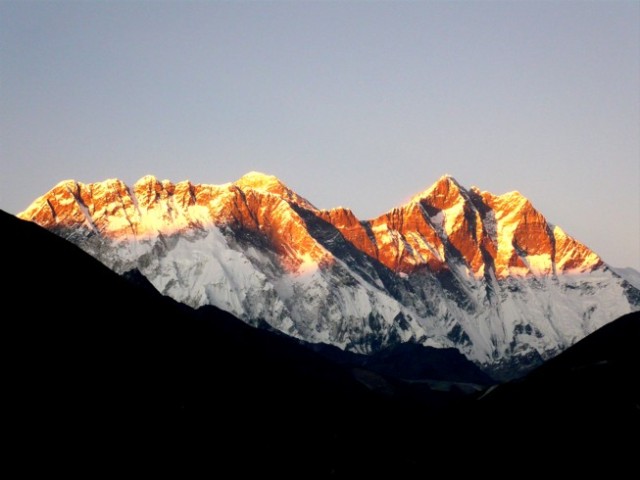
Sunset on Everest and Nuptse from Tengboche, Nepal.
Well, most do. I guess there are a few people who are so content with their lot they have no wish to stray out of the round of their day to day life, but I think they must make up a tiny minority.
And while it is a great achievement to be satisfied with your life, and not to constantly want a more expensive car, or clothes or jewellery, we all need something to strive for, otherwise we tend to stagnate.
Even the most altruistic, who might strive to eradicate poverty, or bring justice where there is none, need a more personal challenge sometimes.
For some it might be speed – the need to have a go on a fast motor cycle or racing car somewhere. Maybe to try a bungee jump. To feel the adrenaline surge that comes with the mixture of excitement and fear.
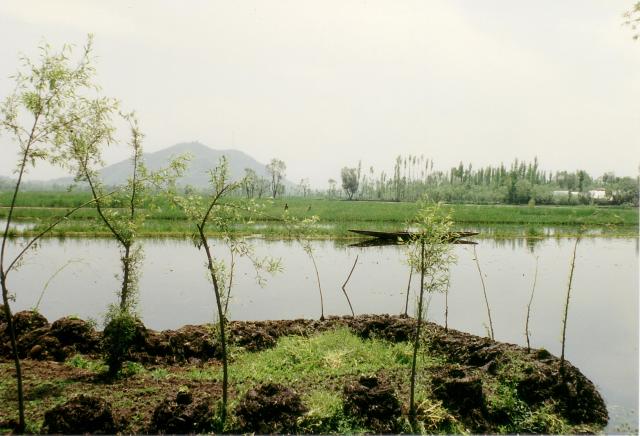
On Lake Dal, Srinagar, Kashmir, India.
For others it might be the very opposite. Many of us need the opportunity to spend time away from the 21st century. Those of us who do not like the noise and speed and intensity of our modern life, need to find respite in places like the mountains, or deserts, or somewhere else remote from modern life. Woodlands at night, perhaps, or a windswept beach on an island. The challenge is frequently to find these places or to access them. Perhaps even to make the time to do so.
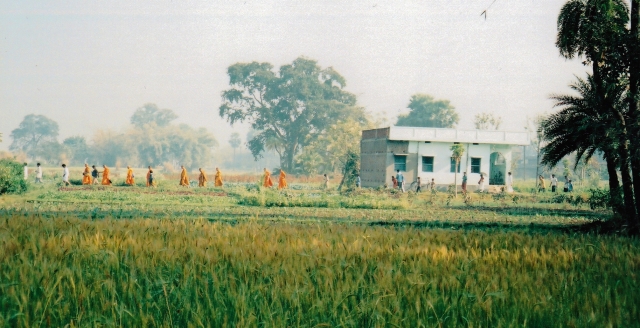
Monks on their way to morning Puja, Bodhgaya, India.
Those are the sort of places I need, and where I often feel I can do my best creative work. The only places I feel I can really relax.
And the reason I had to walk the Annapurna Circuit.
Just while putting together this set of posts, at times I have looked around the room at the photographs of the Annapurnas, the maps, then at my rucksack in the corner, and felt an almost irresistible urge to just…go.
This sense of adventure is frequently in conflict with the other strands of my life, though, because (like most people) my lack of money and the demands of work and family, and other commitments, prevent me just scooting off for a week or month away whenever I feel like it.

A track through fields and woods a mile or so from where I live.
But I have always tried to take the opportunity to go off to these places when I could, as I reasoned that I couldn’t know how long I would still be able to.
What made me determined to do this was a missed opportunity when I was working temporarily in Peru. I knew that when I finished my six week stint and returned to UK, I might no longer have a job. So when I was offered the chance to stay on for a week to visit Cuzco and Machu Pichu with friends I declined, even though it would only have cost about a hundred dollars for the whole trip. And I regretted it ever afterwards.

Little Adam’s Peak, Ella, Sri Lanka.
I have no intention of looking back on my life later and wishing I had done these things when I had the opportunity.
